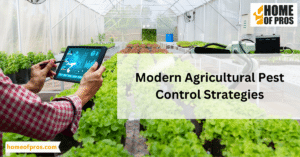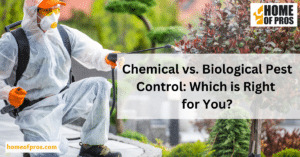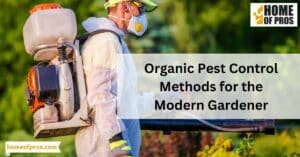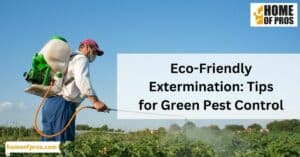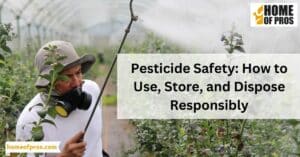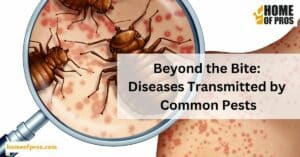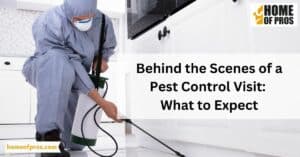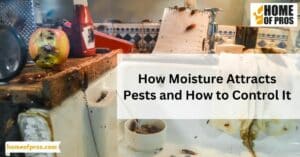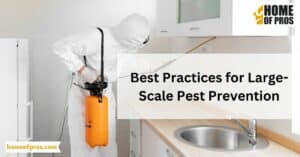In the evolving world of pest management, cutting-edge technologies are revolutionizing traditional methods. Drones equipped with thermal imaging detect infestations from above, while biopesticides introduce environmentally friendly ways to counter pest growth. As the integration of AI and IoT propels the industry forward, sustainable and efficient solutions to pest problems are becoming the new norm.
From rudimentary chemical treatments to today’s advanced methods, pest management has seen a remarkable evolution. As environmental and food security concerns grow, the urgency to adopt cutting-edge technologies becomes paramount. Dive with us into the innovative realm where tradition meets advanced solutions, shaping a sustainable future for pest control.
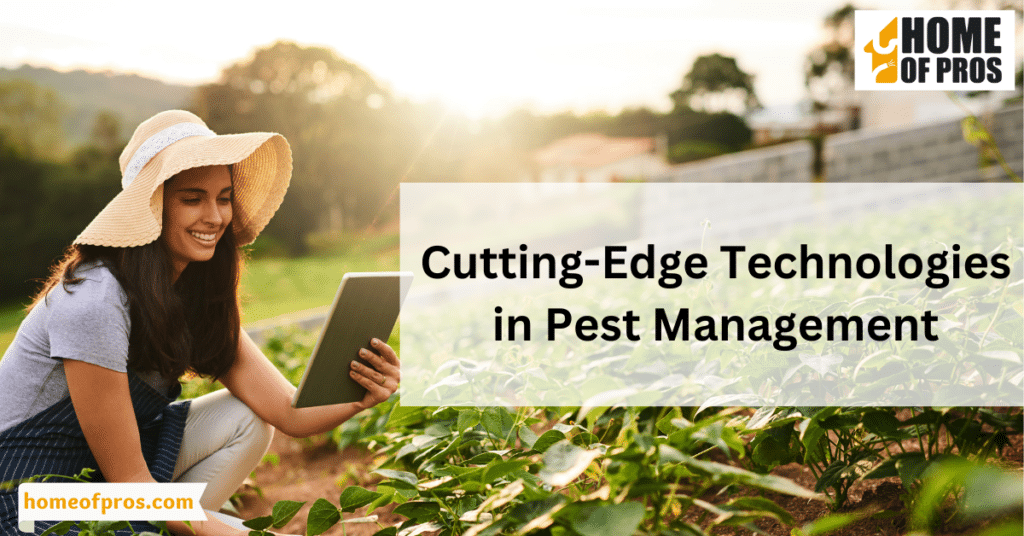
Drones and Their Role in Pest Management
In the vast landscape of agriculture, drones are no longer a mere futuristic concept; they are a reality shaping how we manage pests. These flying marvels have transformed the realm of pest control, bringing in precision, speed, and efficiency.
A New Dawn: Drones in Agriculture
Agriculture, historically rooted in traditional practices, is undergoing a digital revolution, and drones are at its forefront. These aerial devices have quickly become invaluable tools, offering farmers a novel perspective of their fields. Drones capture high-resolution images, provide insights into irrigation needs, and monitor crop health. Their nimbleness ensures they can cover vast expanses of land in short durations, making routine monitoring more feasible and efficient.
Beyond Surveillance: The Direct Impact on Pest Control
While drones have transformed various agricultural sectors, their impact on pest control is particularly profound. With sophisticated sensors and imaging systems, drones can detect the early signs of pest infestations, often long before the human eye can spot them. This early detection is crucial, as it allows for immediate intervention, reducing potential damage.
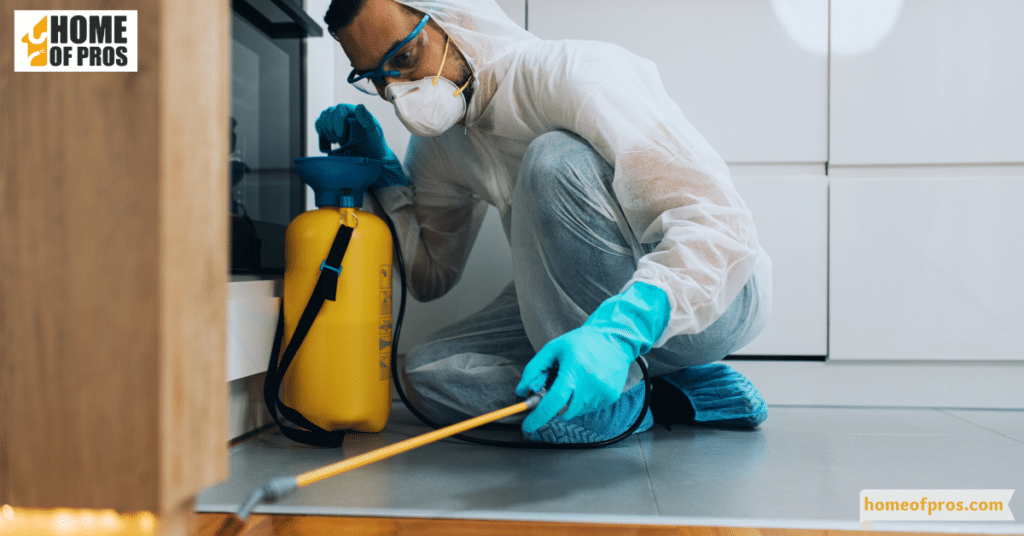
The Power of Real-time Data and Efficiency
The ability of drones to relay data in real time is revolutionizing decision-making in agriculture. Farmers no longer need to rely on periodic checks or gut instinct. With drones, they receive immediate feedback on pest populations, crop health, and other vital metrics. This timely information facilitates swift, informed decisions, optimizing resource allocation.
The integration of drones into pest management paints a promising picture of the future of agriculture. As we continue to explore and harness the vast potential of these aerial devices, we edge closer to an era where pest management is more proactive, precise, and sustainable.
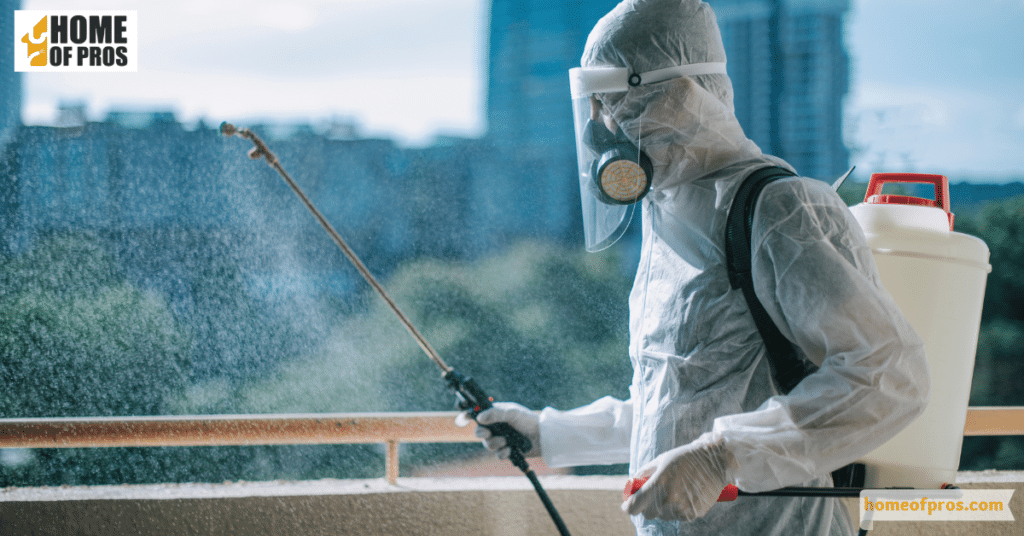
The Emergence of Biopesticides
As the global community becomes increasingly conscious of environmental sustainability and the quality of food we consume, biopesticides have emerged as a beacon of hope. Steering away from traditional chemical pesticides, biopesticides promise a harmonious blend of effectiveness and ecological balance.
Table: Overview of Biopesticides
| Type of Biopesticide | Description | Primary Benefits |
|---|---|---|
| Microbial | Derived from microorganisms (e.g., bacteria, fungi, viruses). | Target specific pests without harming beneficials. |
| Plant-Incorporated Protectants (PIPs) | Introduced by genetically modifying plants to resist pests. | Reduces need for external applications; innate resistance. |
| Biochemical | Non-toxic substances that control pests by non-toxic mechanisms (e.g., insect pheromones). | Environmental safety and reduced chemical footprint. |
The rise of biopesticides is indicative of a broader shift towards sustainable and eco-friendly agricultural practices. As we embrace these natural solutions, we step closer to a future where our crops flourish without compromising the environment or our health. In the vast realm of agriculture, biopesticides are both a return to our roots and a stride into the future.
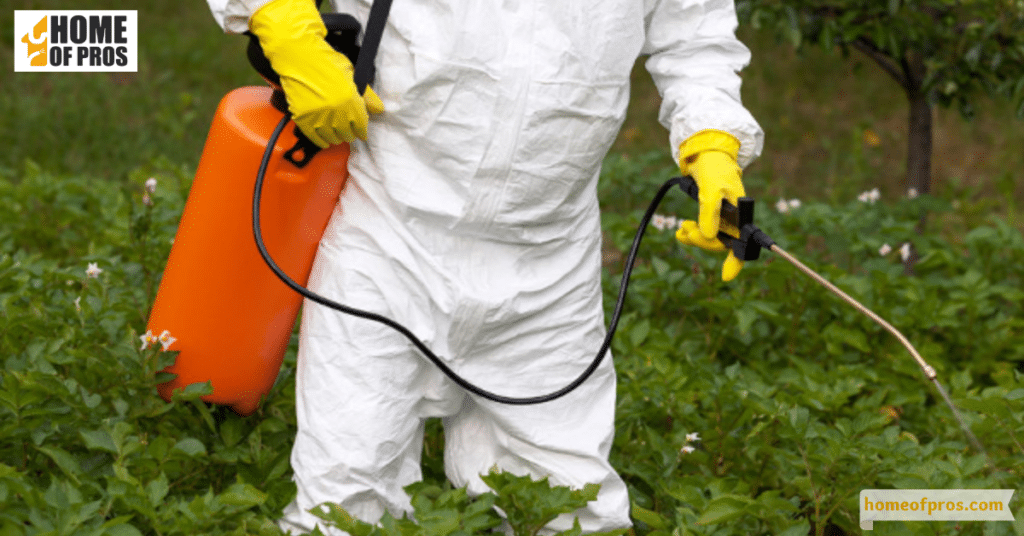
Artificial Intelligence (AI) in Predicting Pest Outbreaks
Artificial Intelligence (AI) stands as one of the most transformative technologies of the 21st century, and its applications in agriculture are proving to be game-changers. Particularly in predicting pest outbreaks, AI’s capability to analyze extensive datasets offers a futuristic approach to age-old farming challenges.
- Data Processing and Prediction: AI algorithms excel in processing vast amounts of data—from weather patterns to crop health metrics—to make accurate predictions about potential pest outbreaks.
- Proactive Approach: With AI’s predictive abilities, farmers can take proactive measures, addressing pest threats before they escalate, thereby ensuring healthier crops.
- Efficient Resource Allocation: Predictive analytics driven by AI allows farmers to use pesticides judiciously, ensuring they are used only when necessary and in the right quantities.
- Reduced Pesticide Usage: By identifying and addressing pest threats in advance, there’s a significant reduction in the overall use of pesticides, benefiting both the environment and the end consumer.
- Successful Implementations: Several regions and individual farms have witnessed the power of AI in pest management. For instance, vineyards in France have utilized AI-driven models to predict and counteract grapevine diseases, resulting in healthier yields with minimal chemical intervention.
The union of AI and pest management paints a picture of a smarter, greener future for agriculture. As we lean into these technological advancements, the dream of farms where decisions are data-driven, resources are optimized, and the environment is prioritized becomes an achievable reality.
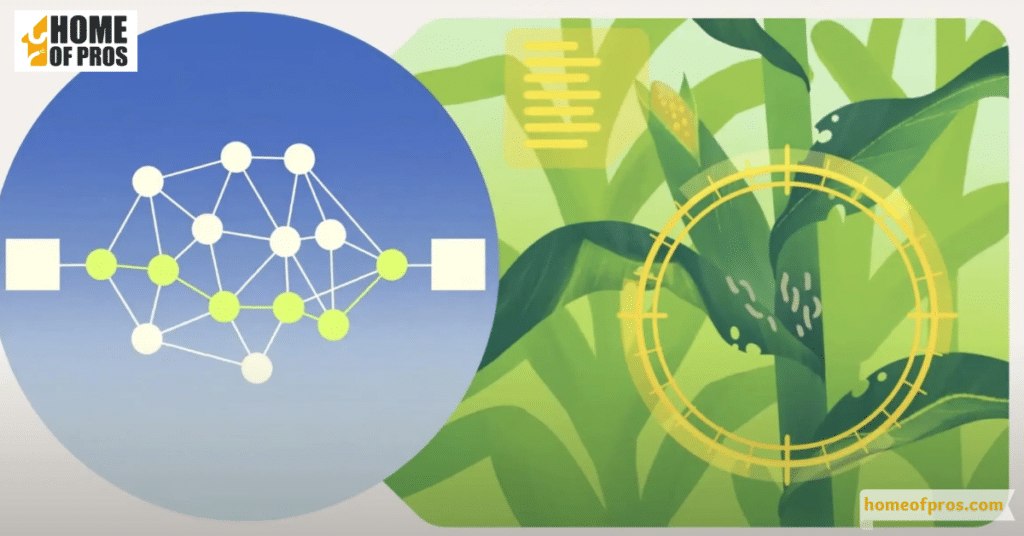
Internet of Things (IoT) in Real-Time Pest Monitoring
The Internet of Things (IoT) is rapidly transforming the landscape of agricultural pest management. Through the deployment of sophisticated sensors and smart traps, farmers are now equipped with tools that provide real-time feedback on pest activity in their fields. This instantaneous monitoring ensures early detection of potential infestations, allowing for timely interventions.
The result is a remarkable shift from reactive to proactive pest management. Furthermore, by pinpointing precisely where and when treatments are needed, there’s a considerable reduction in chemical usage—leading to both significant cost savings and a minimized environmental impact.
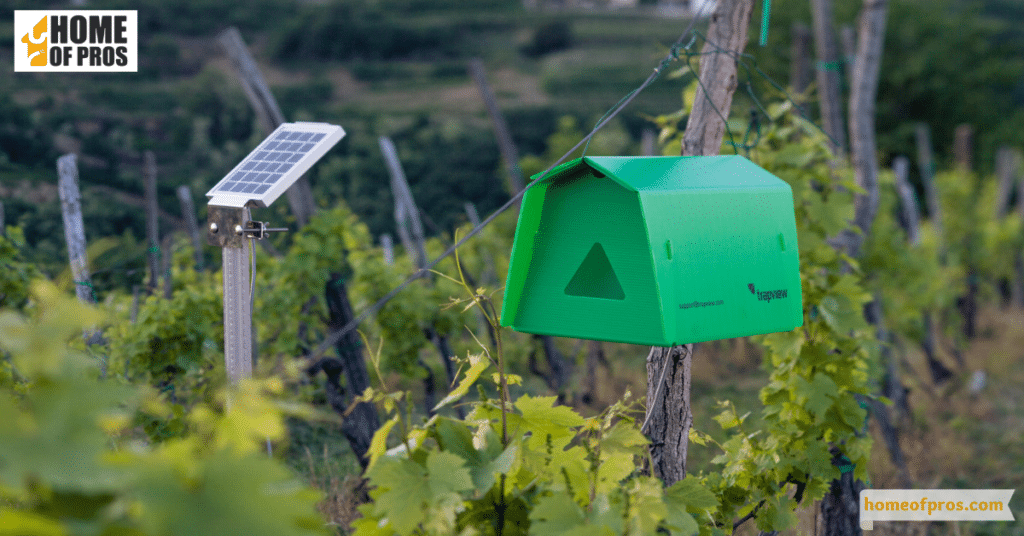
Precision Pest Control and Smart Application Systems
As the quest for sustainable agriculture intensifies, precision pest control emerges as a cornerstone, offering solutions that are both effective and environmentally responsible. By harnessing the power of technology and data, farmers can target pest threats with unmatched accuracy.
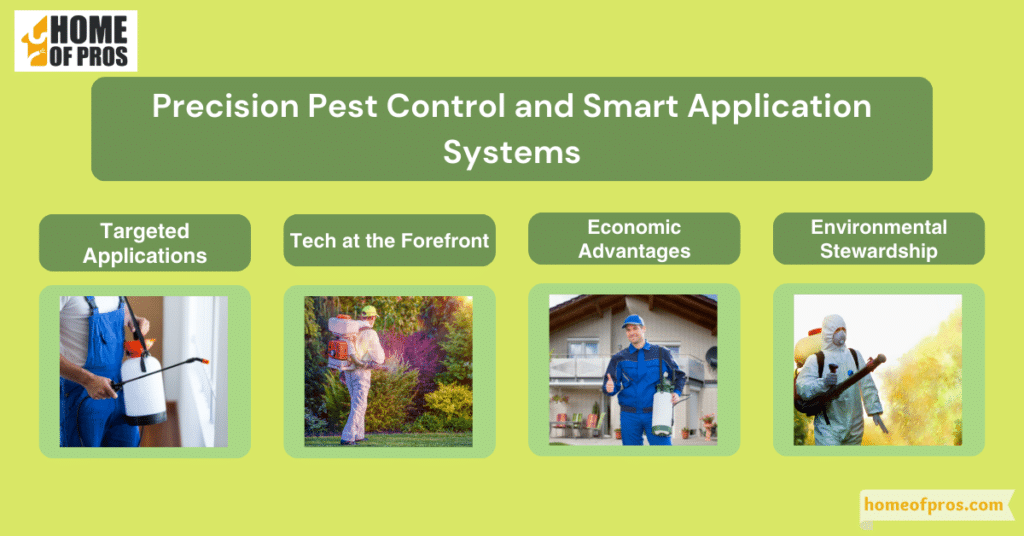
- Targeted Applications: Gone are the days of blanket pesticide applications. Today’s precision techniques ensure that treatments are applied only where and when they’re needed, maximizing effectiveness while minimizing waste.
- Tech at the Forefront: Modern farming tools, such as GPS-guided sprayers, ensure accurate application, minimizing drift and overspray. Additionally, variable rate technology (VRT) allows for the varying of pesticide application rates based on real-time field conditions, ensuring optimal coverage.
- Economic Advantages: Precision pest control is not just good for crops; it’s good for the wallet too. By using resources more efficiently, farmers can reduce unnecessary costs, leading to healthier profit margins.
- Environmental Stewardship: One of the standout advantages of precision approaches is their eco-friendliness. By reducing unnecessary pesticide usage, the environmental footprint of farming operations diminishes, protecting ecosystems and ensuring the well-being of beneficial organisms.
The journey towards sustainable agriculture is paved with innovations like precision pest control. As farmers around the globe embrace these smart application systems, we step closer to a future where farming is both economically viable and environmentally conscious. In the dance between nature and technology, precision pest control strikes a harmonious balance.
Conclusion
As we navigate the intricate nexus of technology and agriculture, it becomes evident that innovations like precision pest control are not just options but necessities. Such advancements bridge the gap between economic aspirations and environmental responsibilities. In the vast tapestry of farming, embracing these modern methods ensures that we sow seeds for a future that is not only abundant but also harmonious with nature.

